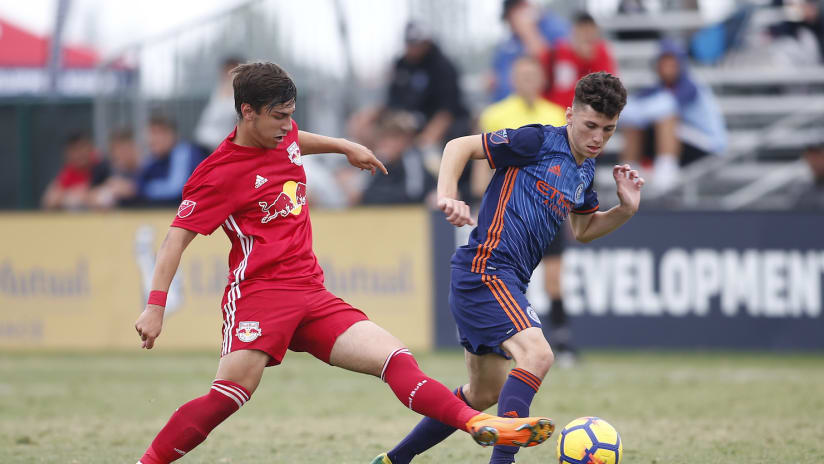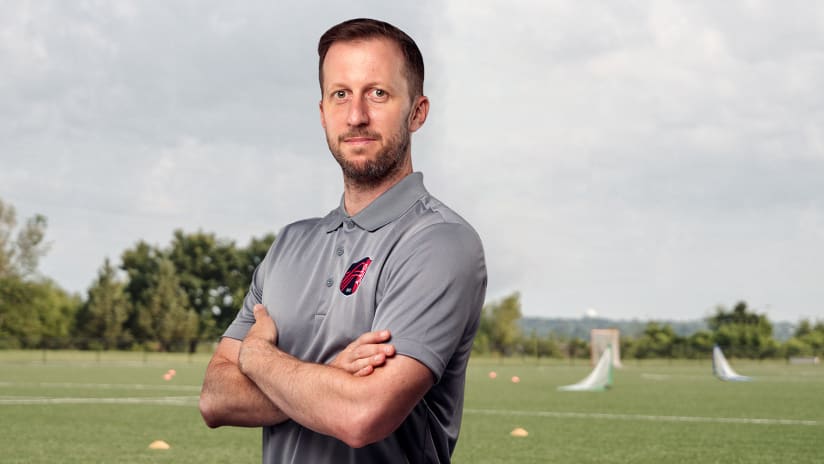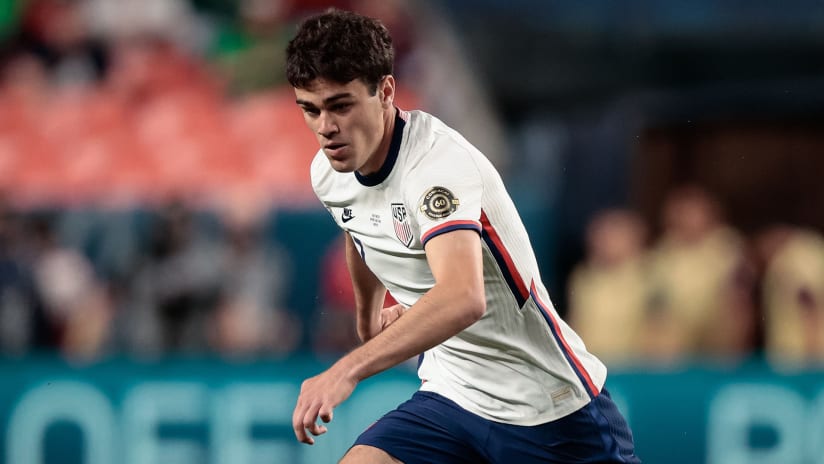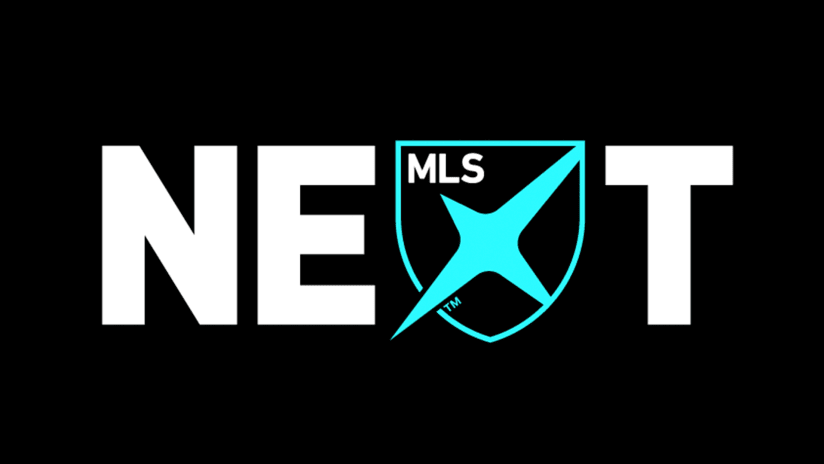ORANGEBURG, N.Y. — On Saturday, the latest chapter of the New York Derby will be played out at Yankee Stadium.
It will be the 16th time the New York Red Bulls and New York City FC battle on the pitch, with bragging rights and three critical points in a crowded Eastern Conference on the line (7 pm ET | ESPN2 in US, MLS LIVE on DAZN in Canada).
While the two teams compete daily for the hearts and minds of the New York soccer community, a similar competition is waged among two of Major League Soccer’s most successful academies.
With 22 miles separating the teams’ home stadiums, the Red Bulls and NYCFC share much of the same 75-mile radius where they can recruit players. Although the Hudson River is what NYCFC academy director Sam Pugsley calls “a natural divide,” it's not like either side of the river is off-limits.
It's quite the opposite.
“We've made a strategic decision to be central in New York, to be a team in New York,” Pugsley said. “We’ve gone down that path, we'll stick with that path. But at some point, how do we, no pun intended, bridge the gap of that Hudson River?”
As an MLS original, the Red Bulls once had the advantage of being the only game in town. They set up RDS (Regional Development Schools) throughout the five boroughs and Westchester and teamed with the Long Island Junior Soccer League.
In fact, Tyler Adams, who Red Bulls U-18 coach Paul O’Donnell called “that Red Bulls philosophy player,” was identified through RDS.
But when NYCFC came in as an MLS expansion team in 2015, it was a shot across the bow of the Red Bulls on all levels.
“You definitely have to raise your game,” O’Donnell said. “And I think the competition is great for the whole MLS academy system because now we’re figuring out what do we do next? Where do we go, what do we have to do with scouting to make sure we're getting the best players and guys who can move up the ladder? You start to look across the river and see, OK, what are they doing? They've had some good players. What do we need to do now to maybe still get into New York City, still have an impact.”
While Pugsley said it's challenging to get New Jersey-based kids, the same is true of Long Island players for the Red Bulls since NYCFC formed academy teams. But that’s not to say they’re giving up on that.
O’Donnell cites Amir Daley and Alex Bobocea as two examples of players they’ve successfully recruited from the other side of the Hudson, while Joshua Negrete makes the trip from Clifton to play with NYCFC.
“If you put pins on all the home address of all our players, the west of the Hudson is relatively bare,” Pugsley said. “They’ve been very successful with that talent. I would be remiss to not explore how we can bridge that gap.”
St. John’s University in Queens is the home base for NYCFC’s academy, where players have access to the locker rooms, state-of-the-art gym and Belson Stadium, the quintessentially-New York stadium on top of a parking lot.
The Red Bulls training facility in Hanover, New Jersey is home to the club’s entire pyramid, including the academy.
Although they actively recruit in the same areas, geographic realities play a part with two teams vying for players.
Alex Muyl didn’t have that choice. Living on the Lower East Side of Manhattan, the Red Bulls midfielder said he was fortunate when he joined the academy just before his 16th birthday the teams trained at Rutgers-Newark, a significantly easier commute via mass transit. He said he's unsure what choice he would have made today.
“If we're out here, I wouldn't be able to do it,” Muyl said of the Red Bulls training facility. “It physically would have been impossible because I didn’t have someone to drive me out.”
As is the case with the first teams, the academies are vastly different, technically speaking. The Red Bulls press high up the field and play forward quickly, while NYCFC look to possess and play one and two touches.
Still, there’s been a few players who have been part of both setups, like Balthazar Saunders and Murat Calkap — neither are with either team anymore — as well as Cristian LoGrasso, a New Jersey kid who started with NYCFC and is now with the Red Bulls, and Alex Rando, who spent much of his youth with Red Bulls, but moved to NYCFC and is currently at Stanford University.
“He was up until U-14, went on an international trip with us to Salzburg and signed with them when we returned,” Red Bulls academy coach Simon Nee said. “That was a bit of a sour one for us.”
Academy success is largely determined by how many players move on to play for that MLS team. There’s been 23 to do so for the Red Bulls, while three players — James Sands, Joe Scally and Justin Haak — have already made the jump to the NYCFC first team.
That means both teams scouting networks will play an even more vital role going forward.
“We're looking to expand that tremendously in the immediacy,” said Pugsley, who would ideally like to have up to 10 scouts for the area.
“The competition and the evolution in the rivalry now will be in the scouting,” Nee said. “Because if you have scouts out there who understand the level and understand indicators about kids’ mentality, not that he is just the guy who impacts the game, but also what the potential could be for that player. I think that's where who comes out ahead. The scouting network I think is going to be vital over the next four or five years.”













